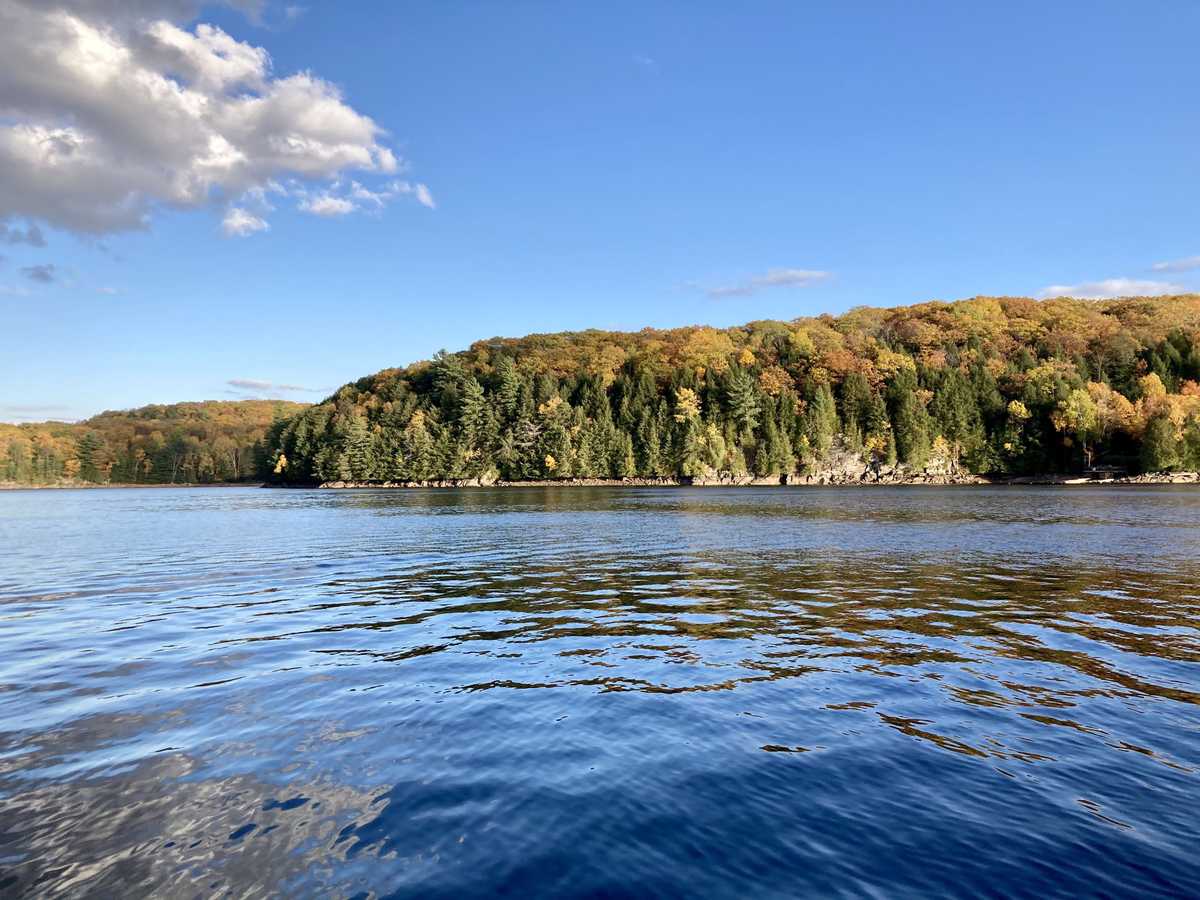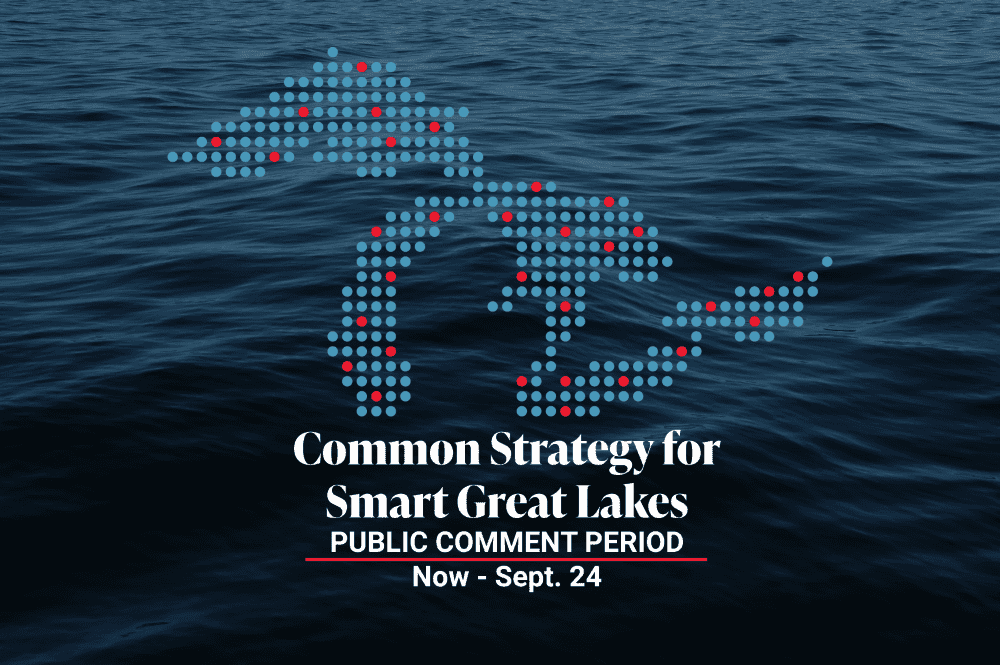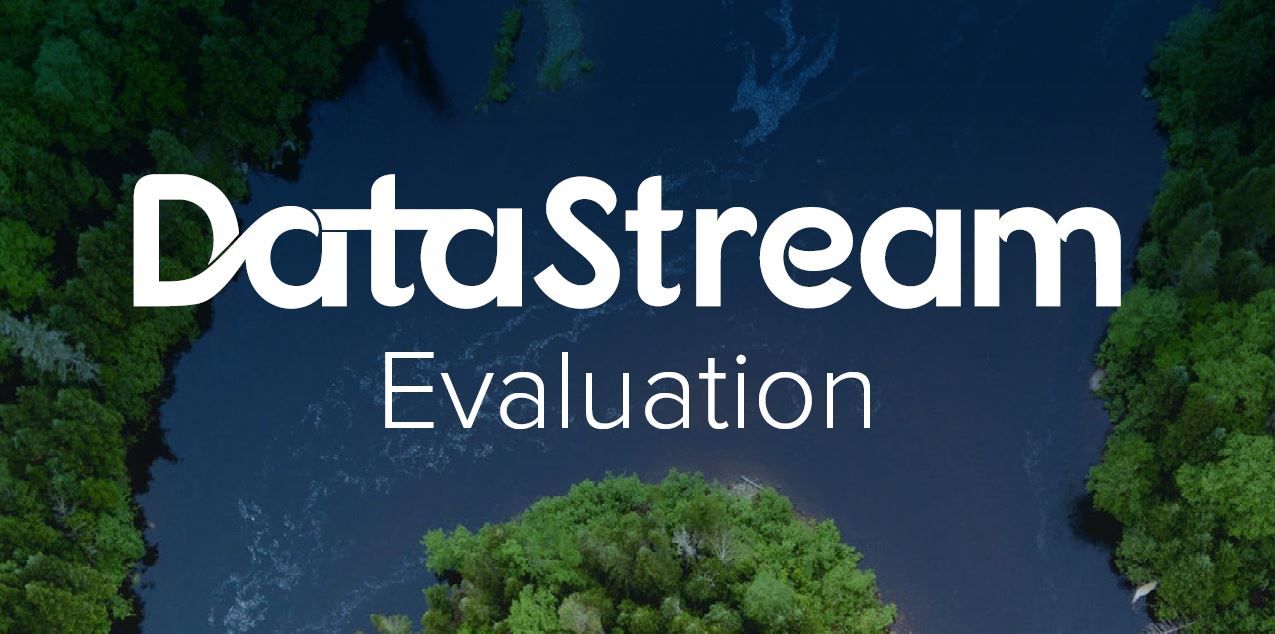
Smart Great Lakes Initiative wants your feedback
July 28, 2021
Smart technologies have great potential to improve our understanding, management, and use of the Great Lakes.
That's the thinking behind the Smart Great Lakes Initiative (SGLi), which wants your input on the recently released Common Strategy for Smart Great Lakes.
The public are invited to read the proposed Common Strategy and give feedback by September 24.
DataStream participates in the SGLi, a collaborative consortium that is organizing the region’s technology ecosystem and network of partners around common policy goals.
The release of the fourth DataStream hub in the Great Lakes and Saint Lawrence region this fall represents an exciting step towards realizing the goals of the proposed Common Strategy, particularly those focused on Data and Information (see below).
DataStream’s online, open access platform allows water quality datasets to be viewed and downloaded in a standardized format, supporting data interoperability and reuse. Data contributors, from the smallest community groups to the federal government, can easily share their data on DataStream where it can be explored with map-based search and data visualization tools. Bringing this data together in one place means it can be used to advance science and inform policy for improved water stewardship.
DataStream's work supporting the FAIR and CARE data principles and helping community science groups amplify the impact of their monitoring efforts also aligns with the proposed Common Strategy’s welcome focus on Environmental Justice.
Find the full list of goals from the Common Strategy for Smart Great Lakes below and have your say by September 24.
Read more about DataStream’s work with Water Rangers to accelerate data sharing in the Great Lakes.

Common Strategy for Smart Great Lakes Goals
Environmental Justice in Smart Great Lakes
To support environmental justice, the SGLi goals will:
• Support community science initiatives
• Improve discoverability of Great Lakes data with different delivery formats and education curricula
• Ensure data collection and management follows FAIR, CARE, and OCAP Principles
• Secure data sovereignty for under-represented communities and include privacy-protecting databases and differential access to sensitive information
• Make decision support tools available to rights holders and stakeholders without reliable internet or smartphone access.
Smart Great Lakes Goals
Science, Innovation, and Technology
Goal 1: Develop novel and interdisciplinary research
Goal 2: Support science, innovation, and technology that improve our ability to identify, assess and respond to stressors and change
Goal 3: Build resilient, adaptable observing systems in support of a swimmable, drinkable, fishable, and equitable future
Data and Information
Goal 4: Improve discoverability of Great Lakes data by increasing findability and accessibility
Goal 5: Foster data compatibility by developing a framework supporting interoperability and reusability
Goal 6: Empower data providers to share and access new data by facilitating reuse and access
Policy and Management
Goal 7: Ensure Smart Great Lakes provides opportunities and resources for the Indigenous Tribes, First Nations, and Métis within the Great Lakes basin through respectful engagement
Goal 8: Strengthen Great Lakes-related policies
Goal 9: Invest in Smart Great Lakes
Goal 10: Accelerate SGLi communication, outreach, education, and engagement
The results are in! DataStream's 2023 external evaluation
We asked for your feedback, and you delivered! DataStream is pleased to share the results of our 2023 external evaluation.
Community science on the agenda in the Great Lakes
Since DataStream began in 2016, we have focused on amplifying the important work of community-based monitoring groups. We’re excited that community science has been a central theme at the many gatherings we’ve attended over the past few months throughout the Great Lakes region.
Paddling and protecting the Madawaska
For the past four years, Madawaska Kanu Centre’s office team have been tracking the river’s water quality. Once a month, unless the conditions are too icy, they measure parameters like pH levels, dissolved oxygen and transparency.


